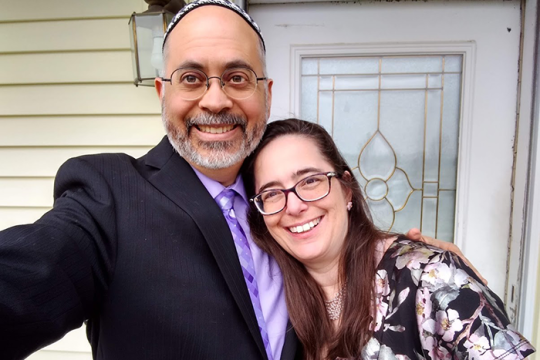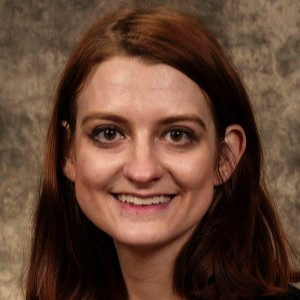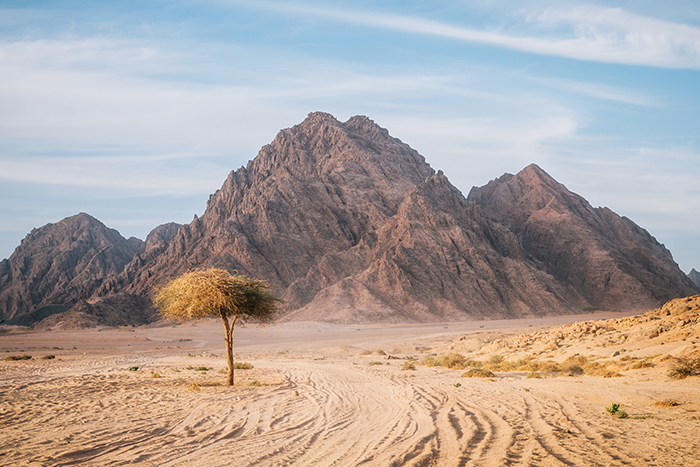
On , many of us study the Book of Ruth. Lauded by Rabbinic tradition as a righteous convert, Ruth’s story continues to resonate with the experiences of many Jews-by-choice today. As someone whose Jewish journey included conversion, one of my favorite teachings is that Deuteronomy 29:13-14, “I make this covenant with its sanctions not with you alone, but both with those who are standing here with us this day before our God and those who are not here with us this day,” refers to those who were physically present at Sinai and the souls of future generations of Jews and those who decide to make their spiritual home among the Jewish people through conversion (Babylonian Talmud Shevuot 39a).
Converting to Judaism is a powerful experience; each person who has made that decision has a unique and beautiful story. Below are four stories written by Jews-by-choice. Though these stories share some common elements, you will also notice the differences in each author’s journey home.
1) “Discovering My Family’s Hidden Treasure” by Crystal Hill (she/her)
I detail a bit of my own Jewish journey in this piece. When I discovered that my family had Jewish heritage that had been hidden for at least two generations, I can only describe the feeling as “a piece of my soul clicking into place like a puzzle piece.”
My conversion to Judaism felt less like a shift and more like a return journey home. By the time I emerged from the , I felt as though my soul had always been Jewish, but now I had made it official: I was completely, fully, Jewish.
2) “Crossing Over” by Josh Rodriguez (he/him)
Josh Rodriguez, a recent Jew-by-choice, reflects on his experience and his profound mikvah immersion. He shares, “As I was moving forward...toward the water, I felt so peaceful. My identity was going to be different, more authentic, and mutually acknowledged by a vast and ancient community.”
He also talks about how his wife and the rabbis who sat on his beit din all celebrated his conversion once he emerged from the mikvah with a chorus of the song “Shalom Aleichem.” This song is usually sung on Shabbat to welcome the angels into the community, but in this case, it was sung to him, welcoming him into the Jewish people.
3) “At the Edge of The Water” by Yanira Quiñones (she/her)
In this piece, Yanira Quiñones, a Hispanic Jew-by-choice, opens by vividly describing her mikvah experience before sharing her experience as a “minority within a minority.” She shares ways that people can help make their spaces communities of belonging for everyone.
Yanira also shares her insights about Jewish life after the conversion experience and draws parallels between some of the challenges faced by modern Jews-by-choice and those faced by Abraham, who, she points out, was the first Jew-by-choice.
4) “A Gate in the Fence: A Non-believer's Conversion to Judaism” by Joel Newton (he/him)
Joel writes about his journey and shares how he was raised as a fundamentalist Christian for 18 years, became an atheist after college, and eventually found his home in Judaism while staying true to his convictions as an atheist. He shares how he struggled to find a way to articulate his Judaism, one which didn’t include God, but did make room for sacredness.
He goes on to share his reflections on the S’hma, and how he realized that “The words of the prayer grant access to the Torah because they offer a way for the convert to embrace the tradition and declare their intent to be counted as a Jew.”
This Shavuot, perhaps you can find a moment or two to ponder the ways you choose to receive Torah, recall some of the insights you’ve had about the Torah in the past year, and consider ways to affirm those whose souls stood at Sinai alongside your own and have found their way home, choosing Judaism for themselves and their families.
Are you interested in learning more about Judaism? Check out our A Taste of Judaism® and Introduction to Judaism classes!
Related Posts
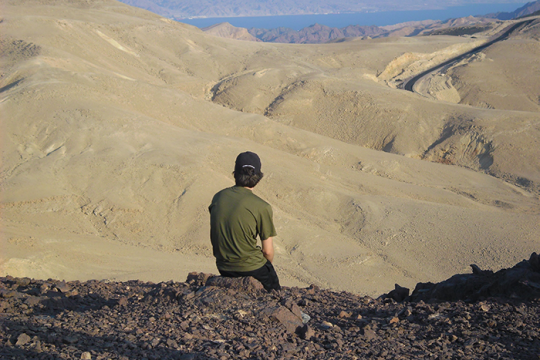
Funny, You Don’t Look...
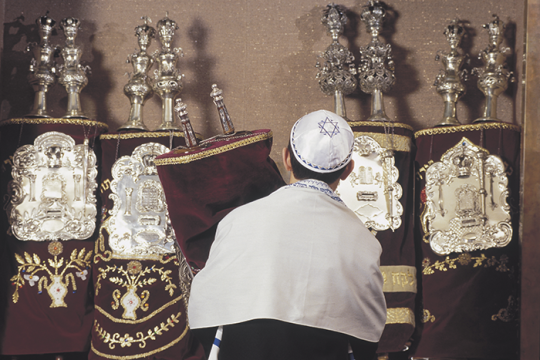
Spicing up my Hispanic Heritage and Embracing Sephardic Traditions
